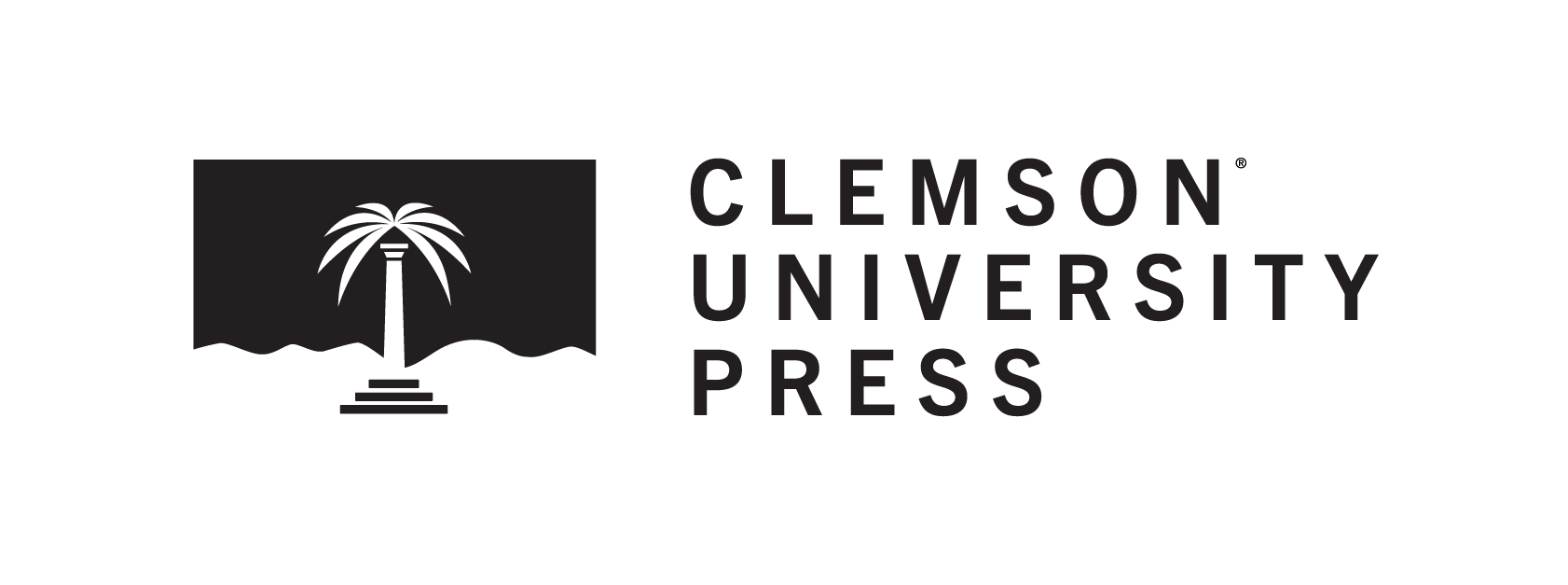Volume
52
Issue
1
DOI
10.34068/joe.52.01.05
Abstract
As our world becomes more interconnected on international, domestic, and personal levels, our need to be more culturally competent increases (Samovar, Porter, & McDaniel, 2007; Ting-Toomey, 1999). Recognizing this need, Washington State University Extension sought to increase skills of its personnel by developing a set of cultural competencies and training curriculum. This article describes the process of creating, implementing, and evaluating the training. Examples are offered to show how WSU Extension addressed quality standards for successful implementation of diversity training models as outlined by Bendick et al. (2001), serving as guidelines for other Extension organizations with similar goals.
Creative Commons License

This work is licensed under a Creative Commons Attribution-Noncommercial-Share Alike 4.0 License.
Recommended Citation
Deen, M. Y., Parker, L. A., Hill, L. G., Huskey, M., & Whitehall, A. P. (2014). Navigating Difference: Development and Implementation of a Successful Cultural Competency Training for Extension and Outreach Professionals. The Journal of Extension, 52(1), Article 5. https://doi.org/10.34068/joe.52.01.05


